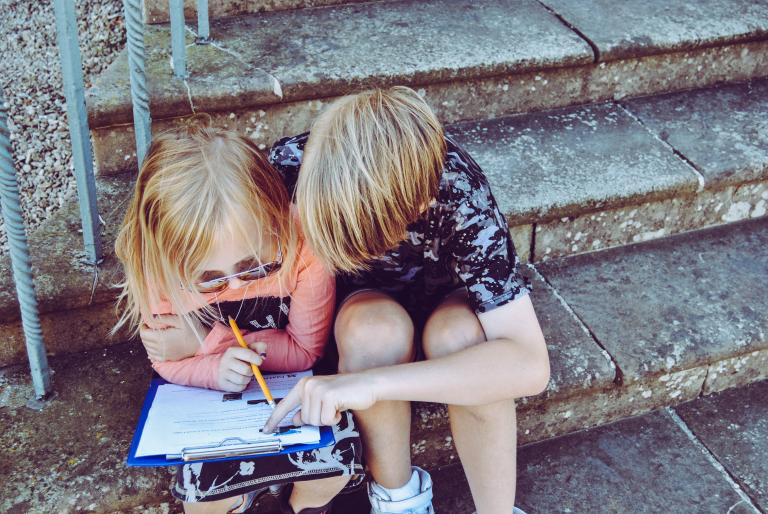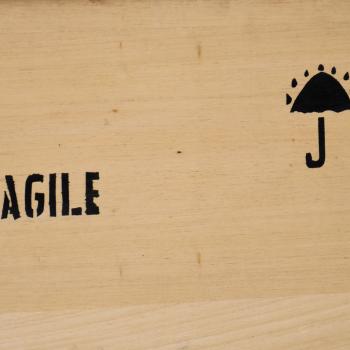It is difficult to establish boundaries. Whether for ourselves, like in implementing an exercise regiment, with others, like a parent rearing a child, or in business, like a boss keeping account of an employee.
But even harder than establishing boundaries is maintaining them. They have such a slippery surface, that it seems the things that worked yesterday might not work tomorrow.
We tend to view the advent of boundary setting as final. We don’t want to set boundaries today that might be too tight tomorrow. And it is beyond frustrating to find something that worked for a season become the very reason we (or others) rebel in later seasons (such as the teenage years).

Boundaries are meant to be expanded as time goes on. This is for one simple reason – the goal of boundaries is not obedience; the vision for boundaries is leading ourselves and others to a place where they set their own boundaries based on inherent values and convictions.
For example, when children are young, they start out low on the Freedom V. They need tight boundaries, carefully watched freedoms, and swiftly carried out consequences. They are learning, for the first time. And need to be shown how life works.
But if we keep children low in the freedom V as they grow older, we will smoother them and encourage rebellion. They need wider boundaries (although not as wide as they are hoping) so that they can discover the power of their own choices and the natural consequences of how what they do affects others and themselves. In trying to protect teens from this reality, we suffocate their emotional maturity.
But Discipline?!

A lot of teenage parents, widen boundaries at a detriment to discipline. The two are not mutually exclusive. You can’t really get around having an angry teenager. They are constantly pressing boundaries, seeing how far they can go, how much they can get away with. Which is, intrinsically, a good thing! They are doing what they’re supposed to.
But the boundary setters just need to do what they’re supposed to as well. Discipline is creating appropriate consequences for the age and stage of development a person is in. A new hire at work isn’t held to the same standard as a manager, yet they are watched a lot closer.
There is a delicate balance, a dangerous dance between boundary and consequence. The key is to constantly evaluate the dynamic and make adjustments as necessary.
Two Tips
So, as we move people up the freedom V, here are two practical steps to keep in mind. First, always keep the end goal in mind. You’re not trying to “get them to do what they’re supposed to do”. The goal is to get them to understand for themselves what they are supposed to do and take ownership/responsibility for their choices.
The top of the Freedom V is self-governance. Self-governing people are not just rule followers, but people who are setting healthy boundaries for themselves because they understand how the world works.
The second tip is this: communicate why you are setting boundaries. When you’re trying to enforce boundaries, it can easily become a battle of wills and an argument that ends in “because I said so”. Some of the argumentation is unavoidable, but maybe aim to end the conversation with “this is how the world works and I am temporarily entrusted with showing you the way”.
Parents will often say that we can make our own rules when we have our own house. That’s the closest we get to this point. But it feels as if that is more about obedience than empowerment. If we communicate why we are setting boundaries and the long term value for all involved, we are at least infusing truth into our conflicts. And giving ourselves the best opportunity to remember we are on the same team.











